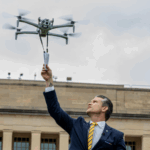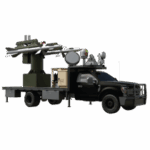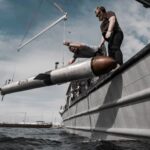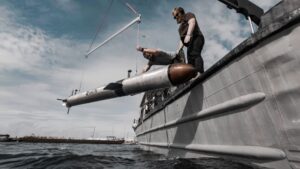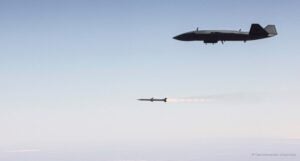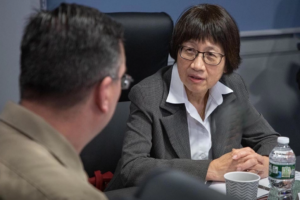
The Pentagon is planning to work more with Australia on its new rapid technology experimentation campaign, the department’s chief technology officer said Wednesday, with an aim to conduct prototype assessments in the country in 2024 and 2025. Heidi Shyu, under secretary of defense for research and engineering, told reporters the effort to expand collaboration on the Rapid Defense Experimentation Reserve (RDER) program follows Australia’s involvement in a Technology Readiness Experiment (T-REX) last year. “Right after that [event], our key leads…

 By
By 